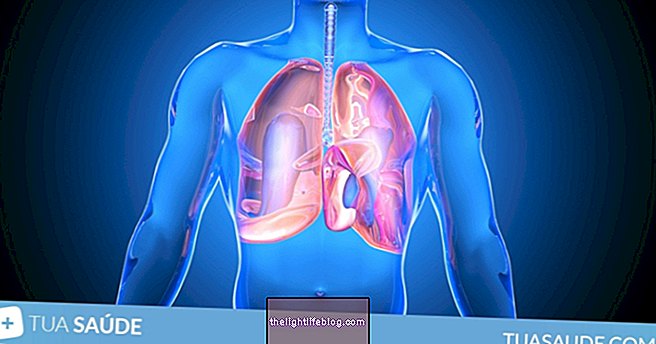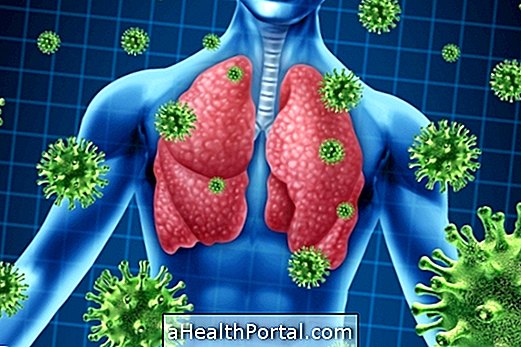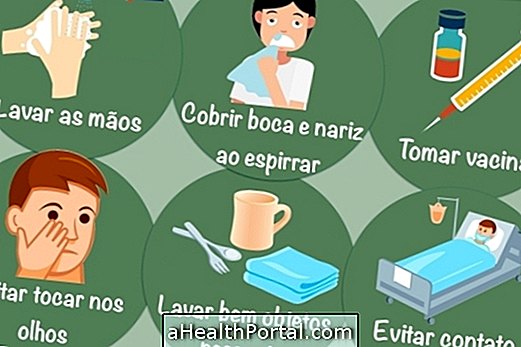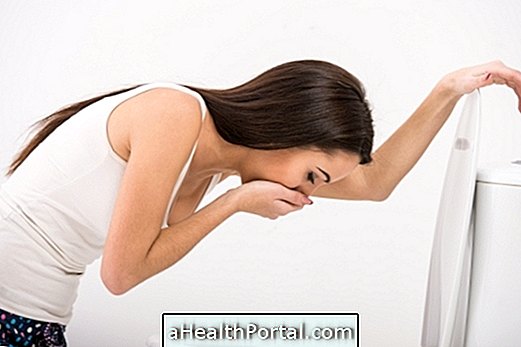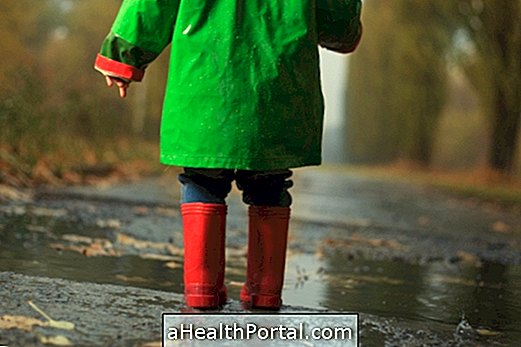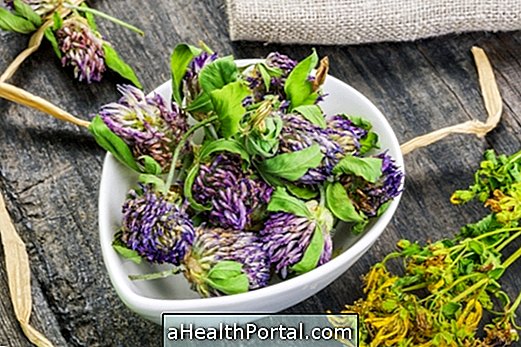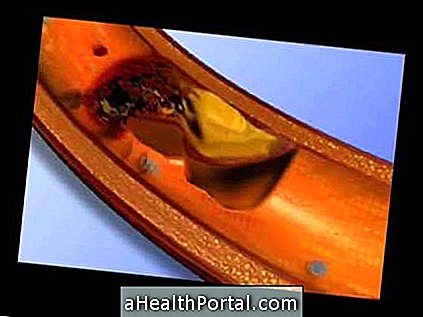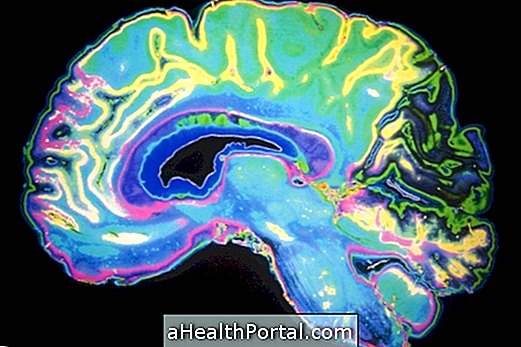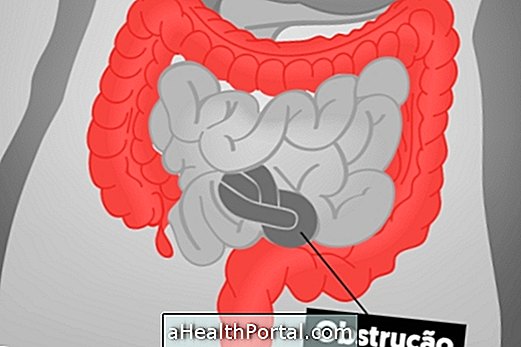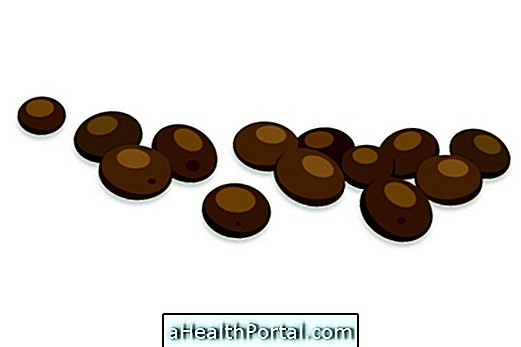To combat catarrh cough, you should spray with serum, frequently cough to eliminate secretions, drink at least 2 liters of fluids, and drink teas with expectorant properties such as onion peel. Learn about other remedies to eliminate phlegm in Home Remedies to Eliminate Expectoration.
Cough is a defense mechanism of the body in the attempt to eliminate secretions of the respiratory system, arising mainly when there is an inflammation of the bronchi or lungs. Some diseases that can cause catarrh cough are bronchitis, bronchiolitis, pneumonia and tuberculosis and so if the cough does not improve in 5 days one should go to the pulmonologist doctor.
Generally, the cough with transparent phlegm is not worrisome and can be a sign of influenza or cold. However, in addition to this cough, there may be:
- Cough with phlegm and shortness of breath: it may be a sign of bronchitis, which should be treated with the use of medicines prescribed by the doctor;
- Cough with green phlegm or yellow phlegm: may be a sign of bacterial infection and treatment should be doctor-directed;
- Cough with catarrh and with blood : it can be a sign of tuberculosis or injury to the respiratory tract, so it is important to consult a doctor so that the cause can be investigated and appropriate treatment can begin.

The phlegm can be concentrated in the throat and make it difficult to breathe, making the voice hoarse and, for this to be eliminated, it is necessary to spray with serum to facilitate the secretions. Read more in: Sinus nebulization.
How To Fight Cough With Phlegm
When the individual has a cough with transparent phlegm should do:
- Nebulization with serum to decrease the thickness and quantity of mucus, helping to breathe better or inhaling hot boiling water or hot water from the shower;
- Drink at least 2 liters of water, juice or tea per day, to fluidize the secretions, facilitating their withdrawal;
- Cough whenever you feel the presence of secretions, not swallowing the secretions;
- Take expectorant teas, which facilitate the elimination of the cold.
In some cases, it may be necessary to take medicine like a cough syrup like Vick under medical advice.
Home Remedies to Release Phlegm
Some home remedies to cure cough with transparent phlegm include:
- Inhale steamed boiled water with 1 tablespoon of coarse salt and 1 drop of eucalyptus essential oil;
- Take the tea from the peel of the onion with honey and 1 pinch of white pepper, 2 times a day;
- Take the juice of 1 orange with 1 lemon, 1 tablespoon of honey and 3 drops of propolis extract;
- Eat foods rich in vitamin C like orange, mandarin and raw pepper because this strengthens the immune system. Also, you can make an orange juice with watercress and take it every day.
When there is a cough with catarrh it is important not to take any medication for dry cough because it is important to eliminate the phlegm to avoid complications such as pneumonia, for example.
Learn how to prepare various home cough remedies in the following video:

Natural Remedies for Coughing with Catarrh in Pregnancy
Coughing with catarrh can also occur in pregnancy, and can be very uncomfortable and to treat it is essential to drink plenty of water, juices or teas, so that the phlegm becomes more fluid and leave more easily.
Orange juice is also great for moisturizing the body and as it is rich in vitamin C, it is a great home remedy to strengthen the immune system to fight against the flu and the cold.
In addition, during pregnancy, one should not take any medicine without medical advice because they can harm the baby, so before taking any medicine should consult the doctor.
When to go to the doctor
Medical help should be sought when the cough presents with green, yellow, blood or brown phlegm because these colors may indicate the presence of microorganisms in the lung that may have to be treated with antibiotics, for example.
It is also recommended to go to the clinic when there is fever, hoarseness and when the cough with catarrh makes breathing difficult and has not passed for more than 5 days.
The doctor may order a lung x-ray and sputum exam to evaluate the color, consistency, and microorganism involved in making the diagnosis of the disease and indicate the best remedies.

